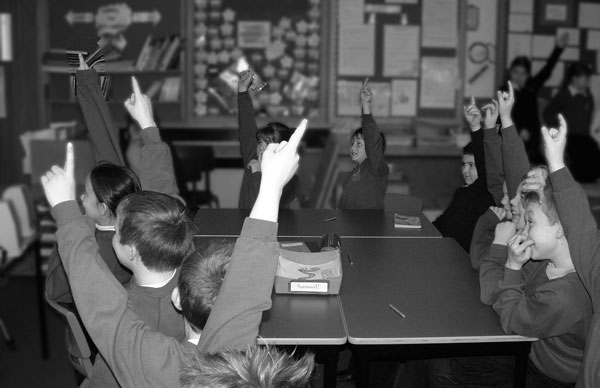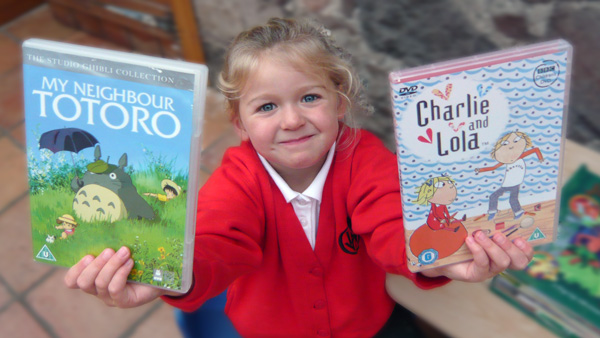What's MIE about
It would be naive to ignore the omnipresence of moving images in daily life and our familiarity with its use for a myriad of purposes, including:
- Entertainment
- Creativity
- Work

We learn how to kiss, or to drink, or to talk to our buddies; all the things you can't really teach in social studies or history, we learn them at the movies
Fortunately, the reluctance to bring something so familiar into the learning environment is being eroded, and the use of film is increasingly being given higher priority within school curriculums and lifelong learning.
"Television and video are among the first cultural experiences of most children. At an early age they learn to make sense of the moving images on the screen, the changes of size and angle, the switches of background and character, the sounds and music that signal danger, comedy, excitement and a happy ending.
By the time they are three, most children have learned another language in addition to their spoken mother tongue: they have learned the codes and conventions through which moving images tell stories.
Their mastery of this language is still limited: they may not be sure yet about what is 'real' and what is 'pretend' (although they are very interested in finding out) They may understand little of what they see on the news, daytime films and game shows. But most 3 year olds already have their own collections of favourite videos, which they know by heart, and are eager to catch their favourite shows.
Teachers know it makes sense to build on what children already know & can do. Children come to school with a high level of existing knowledge garnered from and about the media, and can often talk about these texts eruditely.
There is a tendency to assume moving images are bad for children and detract from 'real' education.
But the truth is this amazing world of images and sounds, with wild fantasy, gritty realism, scenes from yesterday and those from a hundred years ago, events from across the world, are all available for children to see and understand through moving image media. Some of these may present lies, some are offensive or frightening, some meretricious and worthless. The same goes for books!
However, we learn to read because books offer unique opportunities to share the knowledge and imagination of others; and for the same reason, learning about the world of the moving image is crucial".
The above is a summary of the opening pages of the BFI's fantastic publication Look Again.
Advances
Until recently, filmmaking in the classroom and other non-professional contexts has been a difficult, and financially prohibitive, endeavour. However, the digital revolution has changed that, as affordable high quality cameras, faster computers and editing software become more accessible.
Nowadays, when we talk about 'filmmaking' what we really mean is the art of 'program-making', using digital video tape and computer editing, rather than traditional celluloid film. It is possible to do amazing things with very little equipment, yet the right equipment remains a key part of the filmmaking process.
People
The most important resource is of course people. As an educator or facilitator you will be using film - not just to find tomorrow's Steven Spielberg - but to help young people develop skills and personal strengths.
Film demands lots of different skills which means that a whole class or community group can participate. Not only writers, artists, performers, musicians and technicians, but organisers, planners, computer whizz kids.... everyone will have something to contribute to the group activities. In addition, the making of the film creates an opportunity to extend existing talents and draw out new ones while building team spirit and empowering people.
Media in the curriculum
If you are contemplating using film to support the curriculum, you are embarking on a new and exciting approach. Even where it is viewed initially with a little suspicion, many schools are starting to reap the benefits of using film in the curriculum and the growing number of examples of good practice convince heads, and parents of its value. Used effectively, it can produce amazing results with all ages and all levels of ability and can inspire even the most reluctant to participate.
Interest can produce learning on a scale compared to fear as a nuclear explosion to a firecracker
The resources, activities, information and guidance on this site are ideally suited to the Scottish Curriculum for Excellence across all areas and stages, but also for everyone working with moving image education.

